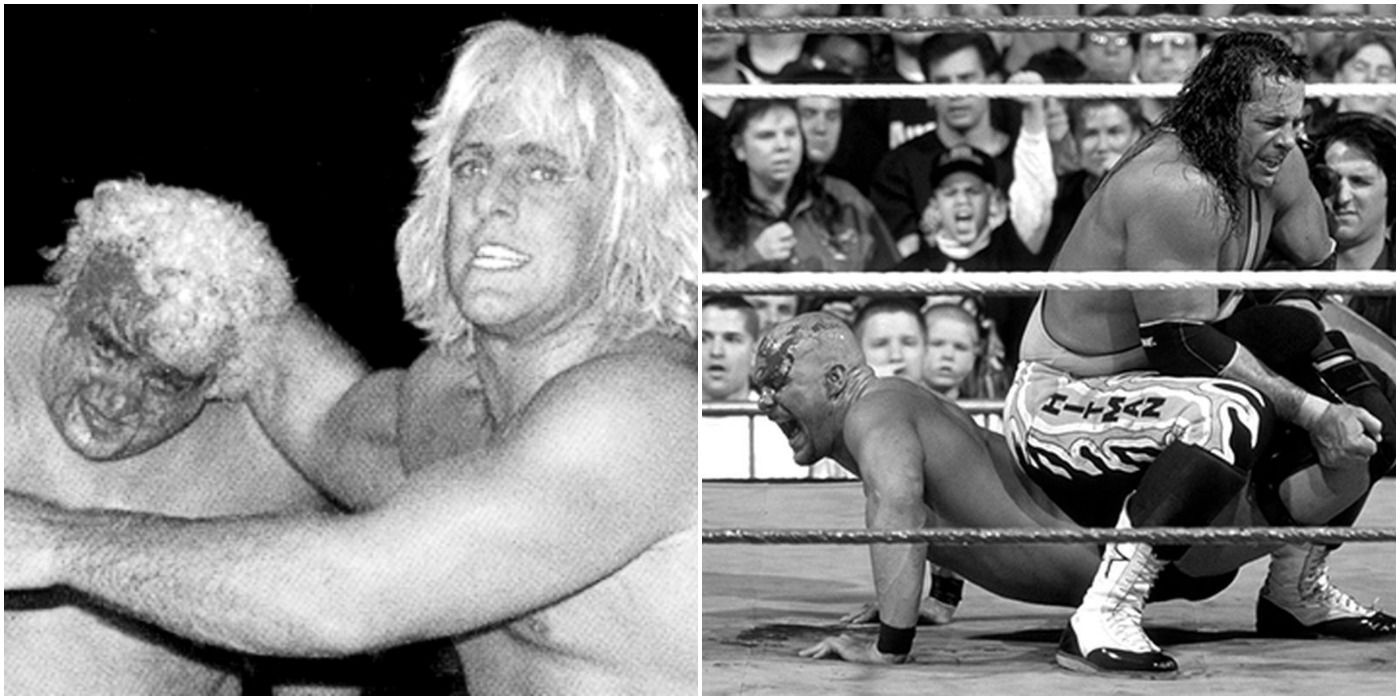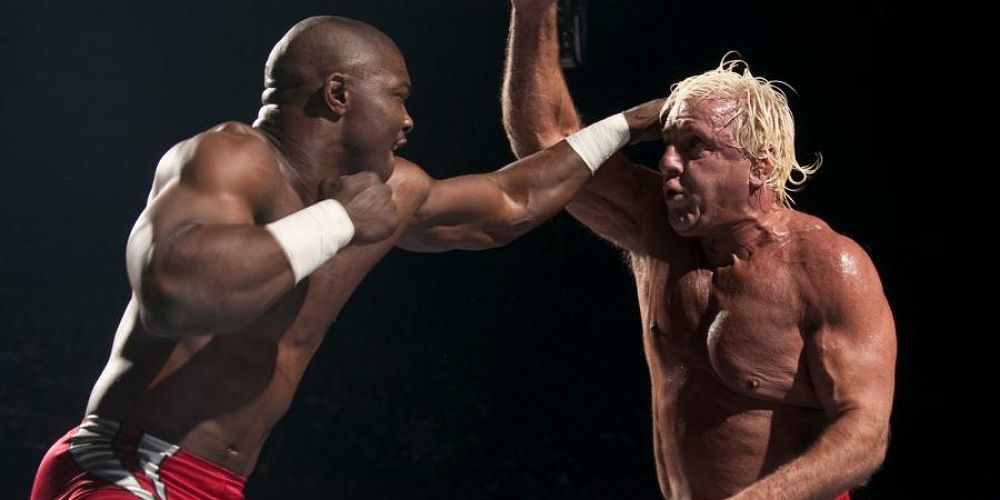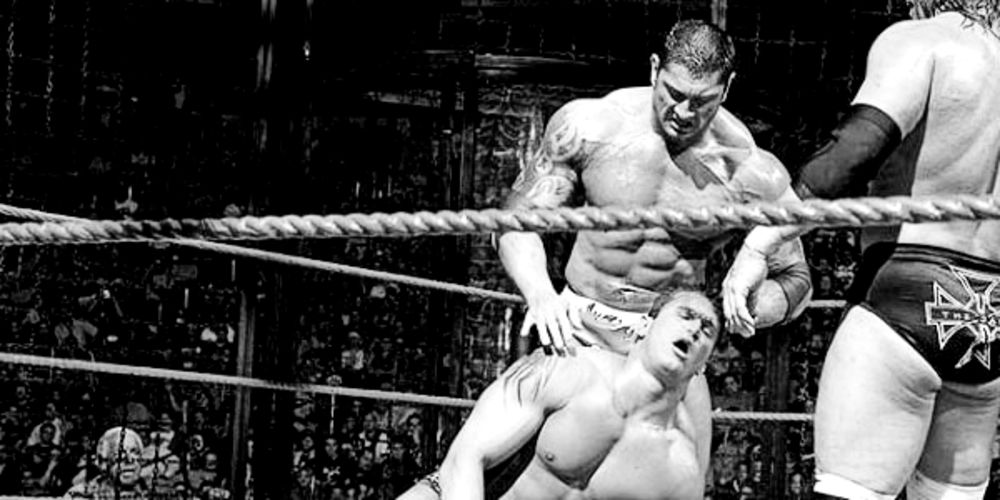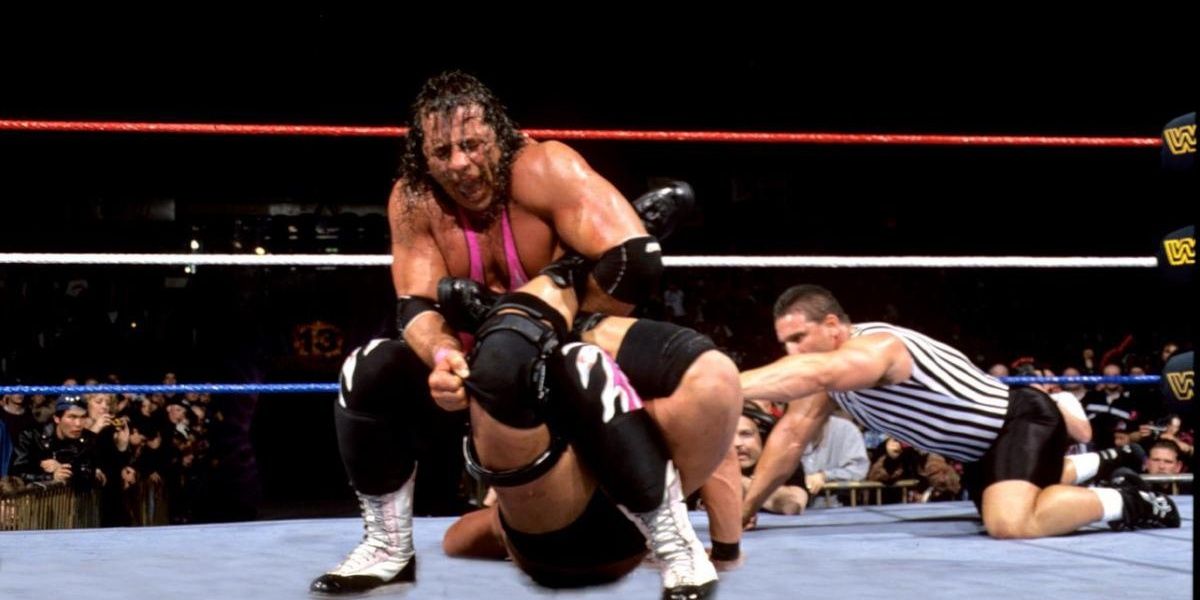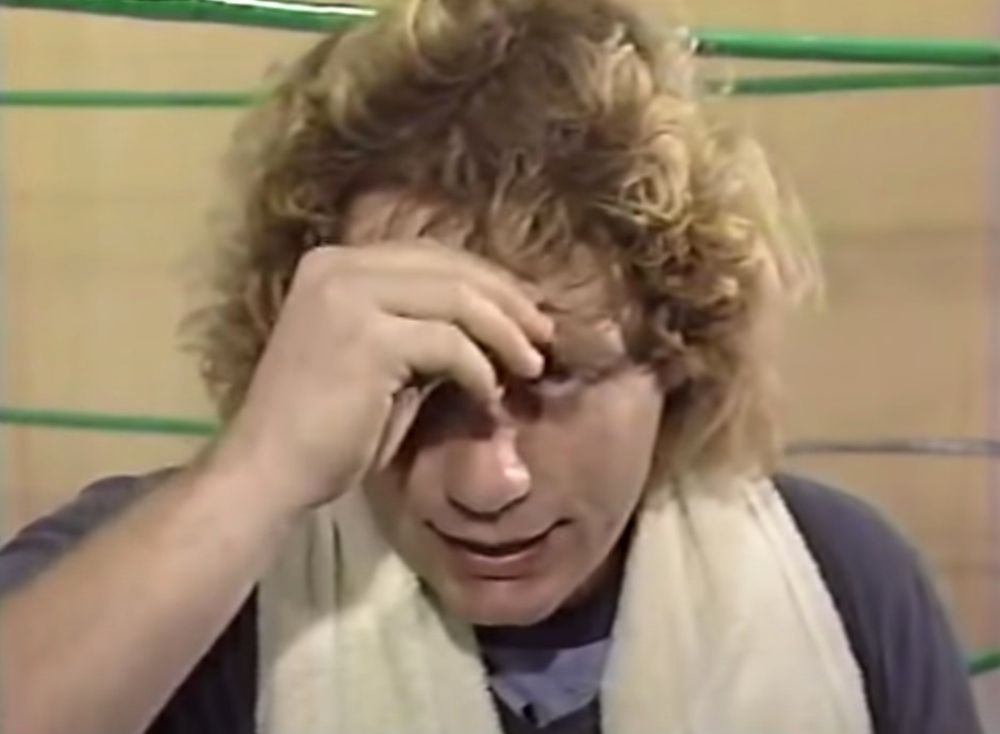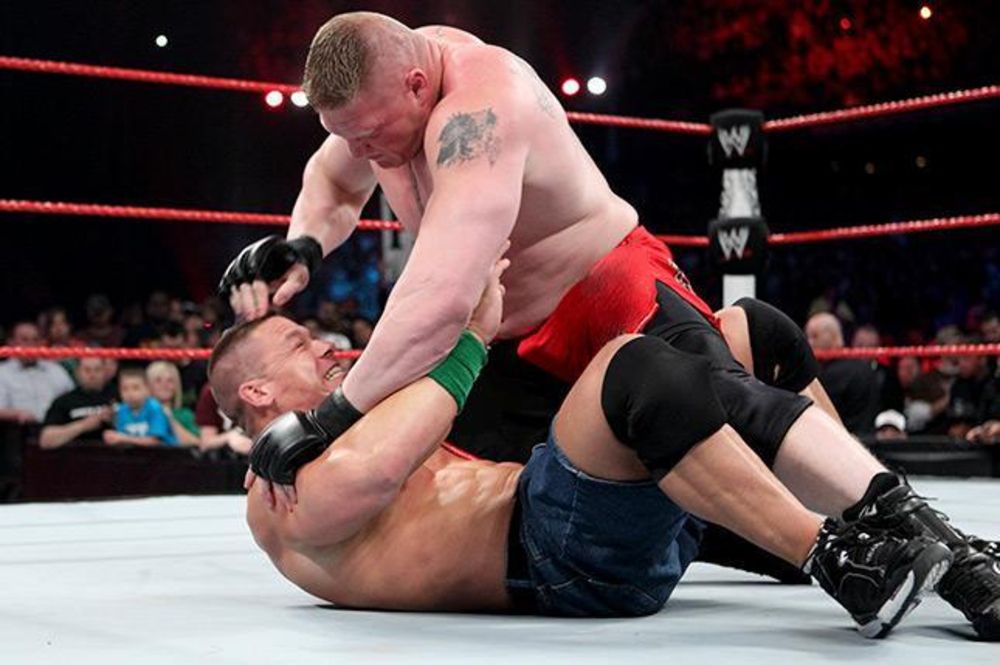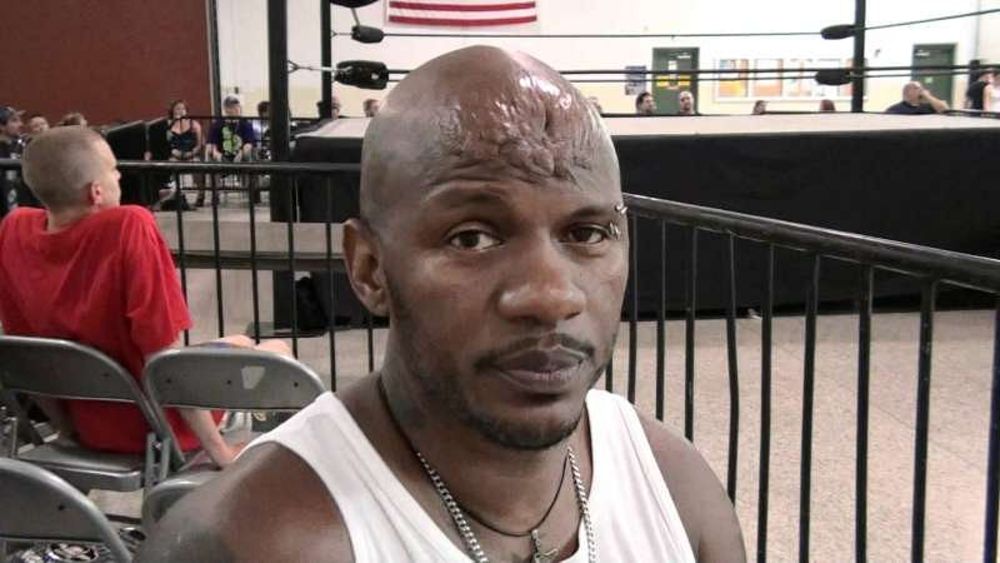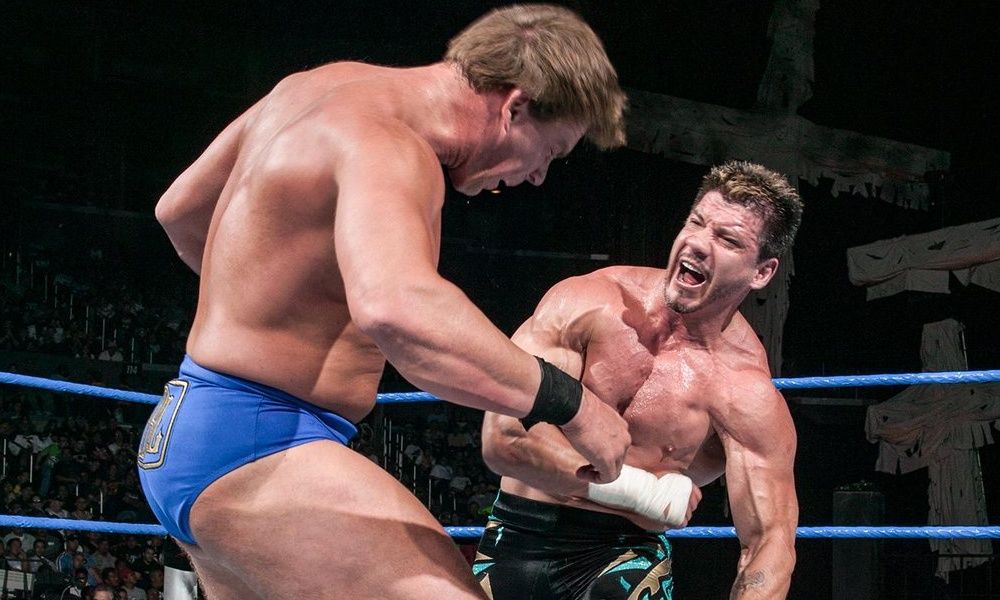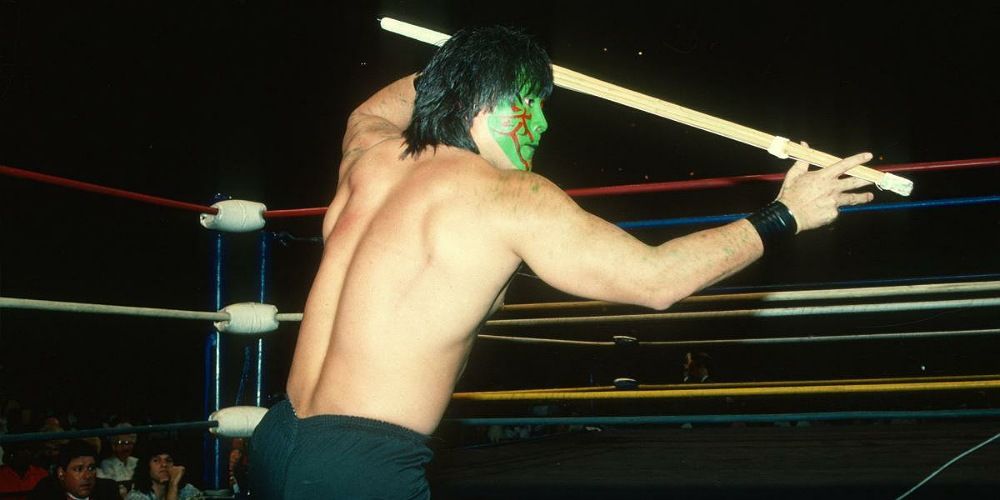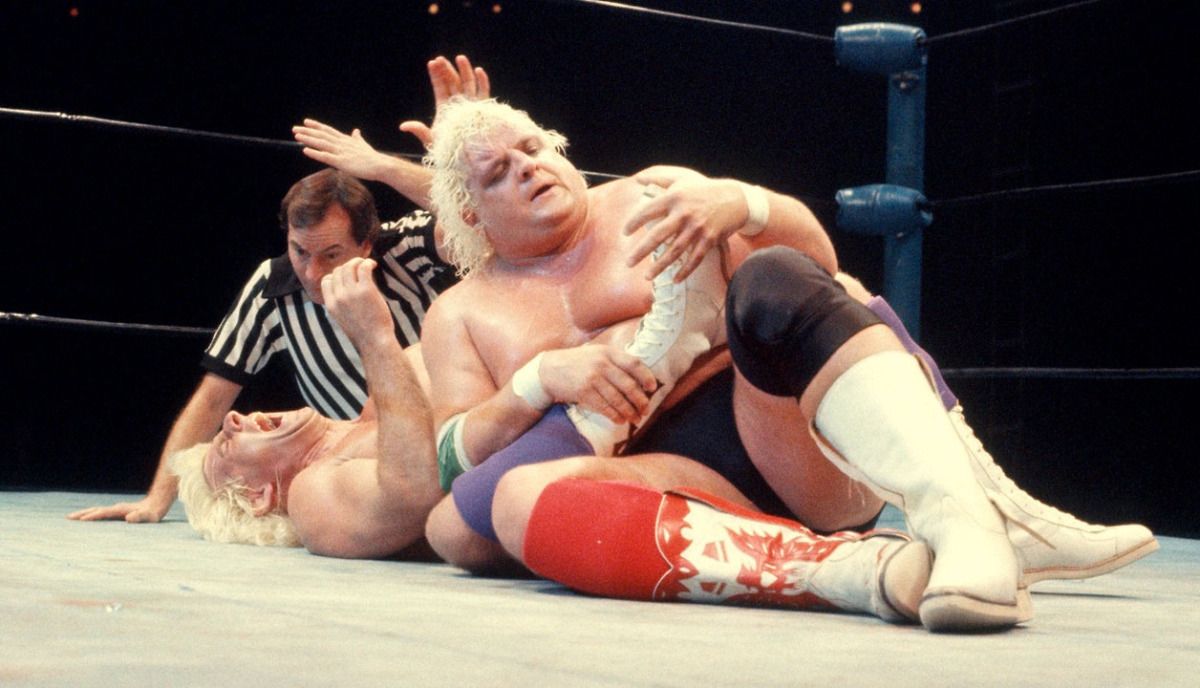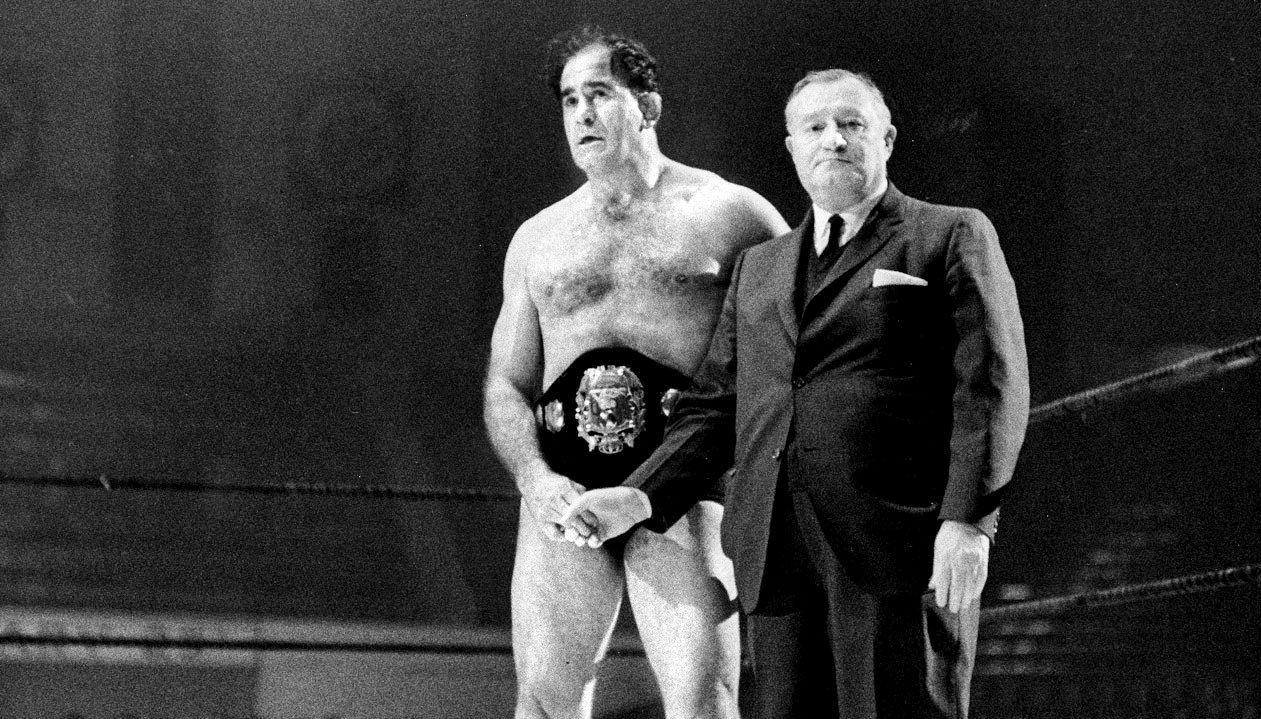As any pro wrestling fan knows, the match outcomes may be pre-determined, but there’s no easy way to “fake” much of what happens in the ring. A great example of this is when a wrestler bleeds. While some wrestlers have used capsules to simulate bleeding from the mouth, it’s much harder to simulate bleeding from other parts of the body during a live wrestling match.
These days, intentional bleeding is a bit of a controversial topic in wrestling. WWE has (mostly) banned since they've gone under a PG rating, while All Elite Wrestling has brought it back for big, violent matches. Fans might not know much about how it works, so let’s take a look at some aspects of bleeding that fans should be aware of.
10 Blading
The most common way to produce blood -- or “get color” as they say -- is by a process called blading. While the term “blading” makes it sound like wrestlers are slicing themselves up with razor blades in the middle of matches, the blade in question is actually pretty small, like a fragment broken off of a razor blade.
That fragment is then wrapped up in wrist tape so only a slight point sticks out of it, so wrestlers can safely carry them.
9 Hiding The Blade
The idea behind blading is to convince the crowd that an attack has broken a wrestler’s skin, so the actual act has to be surreptitious. Usually wrestlers conceal the blade somewhere on their body, like in their wrist tape or even finger tape, or are handed the blade by a referee.
The opportunity to apply the blade comes while a wrestler is selling a maneuver from their opponent, positioning themselves away from a crowd or camera so that they can cut themselves with (hopefully) no one noticing.
8 Bret Hart’s Method Of Blade Concealing
While Bret “The Hitman” Hart is generally considered a technical specialist, he was also no stranger to blading, having taken part in infamously bloody WWE matches with Roddy Piper and Steve Austin. What’s interesting about Hart’s blading, however, was that the way he concealed his blade will make some fans squeamish.
Hart’s method was tucking the tape-wrapped blade in his mouth. While that seems pretty dangerous, Hart claimed that it not only never cut up the inside of his mouth, but that he was even able to cut promos with it.
7 The Forehead
One of the most common areas to blade is on a wrestler’s forehead. Because the forehead area has lots of blood vessels, a strategically placed cut will generate a surprising amount of blood. From there, an opponent might punch or otherwise work the cut in order to get it to bleed even more profusely.
Blading is all about timing too, and not just in a narrative sense. Wrestlers will be sweaty in the middle of a match, so blading there will allow the sweat and blood to blend, making it look like the wrestler is bleeding even more than they actually are.
6 Hardway
Blading isn’t the only way that wrestlers have gotten blood in their matches. There’s also the appropriately named method of “hardway,” where a wrestler uses a foreign object meant to be seen by fans, like a fork or a scalpel.
But there’s also an old-school method where a particularly stiff strike to the eyebrow will break the skin. Fans can see this at play in 2012’s Extreme Rules main event where Brock Lesnar opened up Cena’s face with some elbow strikes.
5 Scars
While bleeding is an easy way to intensify a match, blading isn’t exactly without its repercussions. Even if you disregard the potential for losing too much blood, wrestlers who frequently blade can build up some gnarly scarification on their face, which fans can see in wrestlers like New Jack, Abdullah the Butcher, Jun Kasai, and even Dusty Rhodes.
Repeated blading can also make the skin more sensitive, which is why Ric Flair would frequently bleed all over the place, seemingly regardless of who he was wrestling.
4 Blading Goes Wrong
While there are certainly ways to minimize the damage, blading is hardly a science, and slicing up one’s forehead can easily go wrong. ECW had a couple of instances of blading gone wrong, like the infamous match where New Jack cut two arteries on Mass Transit’s head, a situation that was made even worse when it was revealed he was an untrained teenager who bluffed his way into the ring.
Then there’s WWE’s Judgment Day 2004 with its ridiculously bloodsoaked main event between Eddie Guerrero and JBL, where Guerrero hit an artery while blading and required medical attention after the match was over.
3 The Muta Scale
A New Japan Pro-Wrestling show on December 14th, 1992 gave fans a notorious match by which all bloody bouts have been judged. Great Muta and Hiroshi Hase had been feuding, and each of their prior encounters involved Hase getting bloodied up.
However, in this match, the opposite happened, the ridiculously bloodsoaked results would result in the creation of “The Muta Scale.” Future matches would be rated based on how close the bloodshed reached Muta vs. Hase levels, with some bouts infamously exceeding it.
2 It’s Been Around Throughout Wrestling’s History
Blood in wrestling, however, is nothing new. In the early 1900s, grifters would convince marks to wager loads of money on a sure-thing pro wrestling match only for the expected winner to bite down on a packet of chicken blood to draw a ref stoppage.
More famously, the 1930s pro wrestler Sailor Watkins often drew blood via hardway, spawning a number of imitators. The use of blood in wrestling would continue into recent history, too, as Southern wrestling icons like Ric Flair and Dusty Rhodes were regularly seen dripping with blood in big matches.
1 It’s Always Been Controversial
Bleeding in wrestling has been controversial in recent years, especially because WWE’s ban meant that few mainstream fans have seen their heroes bear what’s called “the crimson mask.”
Many regard it as a cheap tactic, and even the legendary Lou Thesz, who wrestled from the 1930s to the 1970s, remarked that wrestlers who used blood were concealing their shortcomings to draw attention their in-ring abilities wouldn’t otherwise receive. It’s the same criticism that’s been said of hardcore promotions like ECW as well as the deathmatch wrestlers that followed in decades since.

